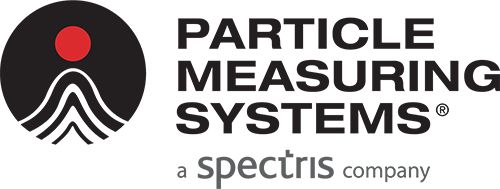Air visualisation studies are a critical aspect in the new Annex 1 revision and the subject of numerous comments from regulatory agencies in recent years.
Understanding critical air patterns and their impacts is paramount to controlling an environment and is a crucial activity in adhering to the relevant regulations. Scientific demonstration is the basis of pharmaceutical GMP regulatory compliance, and the best way to demonstrate air patterns is through airflow visualisation studies (also known as smoke studies). If unidirectional airflow (UDAF) is used as a tool for mitigating the risk of contamination, a company must demonstrate its effectiveness through such studies. Considered a pivotal aspect of the quality by design (QbD) of a filling line for years, airflow visualisation studies have become one of the key aspects of a company’s contamination control strategy as these studies take a central new role in the new Annex 1 revision from 2022.
Airflow visualisation studies, given their wide range of application, affect several topics of Annex 1 (2022):
- Cleanroom and clean air equipment qualification
- Environmental monitoring program
- Training and qualification of personnel
- CCS (Contamination Control Strategy)
These four topics are discussed in detail in this paper. It also answers questions such as How Can PMS Help You With The Execution of Air Visualisation Studies? And what is the advantage of calling a PMS advisor?
For an additional bonus, watch the corresponding webinar here.

